
My first trip to Africa, goes back to 1994: Angola in the midst of the civil war. I "left" the continent end 1999, moving from Uganda to Kosovo.
Through my five years in Africa, I travelled extensively throughout. I was a first-hand witness of the mobile phone networks rolling out in different countries. From the old AMPR system and 2 kg mobile phone/walkie talkie bricks in Congo (then Zaire), to the new generation MTN-types using the latest technology, huge bandwidths, and connectivity of "a certain reliability".
Still by the time I left, end 1999, mobile phone connectivity was still pretty much limited to the capital cities. Even though, in just a few years, GSM had completely taken over the old 'copper' landline market in African cities, it seemed there was quite a hurdle to get the connectivity "upcountry".
Not only was the support infrastructure - electricity, security - often lacking to spread mobile phone towers in remote areas, but it seemed like the companies doubted if there was a real market...
That was back then, in 1999.
Since then, I have always been very reluctant to join the highly enthusiastic crowd propagating mobile phone technology as one of "the" key means for rural farmers to be "informed". "Informed" about the weather forecast, seed fertilizer and crop prices, and agricultural support.
I still remember saying "those farmers hardly having ends meet, without electricity in their homestead, often illiterate, ain't gonna use mobile phones"...
And then, last week, during my first trip to Africa in 12 years, we are in Karurumu village in Central Kenya.
View Larger Map
Karumu is about an hour's drive from the nearest provincial town. In other words: Karumu is, euh... remote. Here are some of the notes in my mind:

We are sitting in the shade of a mango tree, on the yard of Celeste's farm. Celeste is 88 years old. He fought the English colonizers "way back when". He has 10 kids. He says he can't remember exactly how many grand children and grand-grand children he has.
Celeste speaks slowly and stresses every word. We are listening to his story of how he built up his farm from nothing to the 30 acres it is now. How he was blessed with his children. Some who lived on his farm. He points out a house, a few meters further up. The house is locked up. It belonged to his son and his daughter-in-law, a doctor. Both passed away. Celeste and his wife Julia are now taking care of their grand children.

We are pulled into the story of Celeste and Julia, a story which is so common in Africa: children being raised by their grand parents. A generation being wiped away. Bart, our camera-man, keeps the focus on the sound and the ever changing intensity of the sun. Jan, the radio-reporter, is taking mental notes on what he would like to discuss further with Celeste. I am sitting on a stool, with Julia, Celeste's grand-grand child on my lap. Julia is fascinated by the sound an elastic band makes when you pull it like a guitar string.
In short, we are all pulled into the story, into the moment.
And then, all of a sudden, a mobile phone rings. Celeste, 88 years old, farmer from Karurumo village in Kenya, stands up, says "Excuse me", reaches into his pocket, pushes a button and starts talking into a Nokia.

It is the driver of one of his five trucks. He is held up loading fertilizer on a farm a bit further up.
Celeste calls the driver of his other truck, informs him of the delay and orders him to pick up a load of firewood from another farmer.
As he puts the phone back in his pocket, Celeste, 88 years old, farmer from Karurumo village in Kenya, sits down, and continues his story about the price of fruit tree pesticides and the market price for a bag of maize. As if it all was the most normal thing in the world.
The picture of Celeste, answering the phone, stays with me. The sur-reality of a mobile phone ringing in the African bush.
Have I really missed a lot during my 12 years absence in Africa? Driving around for five days in Kenya, I think not. The overloaded trucks are still the same. The accidents are just as grave. People still die needlessly of diseases we find common in "The West". Nothing changed except one thing: Mobile phones are now everywhere. Farmers call each other with information, with questions, they are more informed, and stay 'connected' to each other.
I will be curious to see if I find the same giant leap into rural connectivity when travelling through Mali, Ghana, Niger, Burkina and Senegal in November.
One thing is for sure: I will not make fun anymore of those enthusiasts saying the mobile phone connectivity makes a big difference for rural farmers!
Picture interview team courtesy Willemijn Drok
Read the full post...










































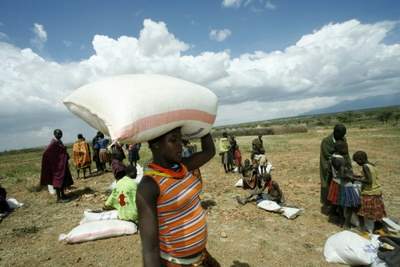
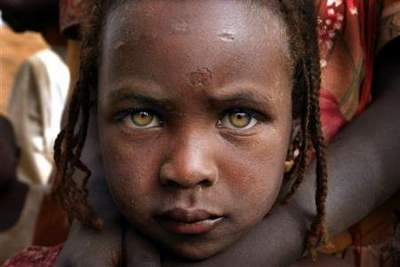
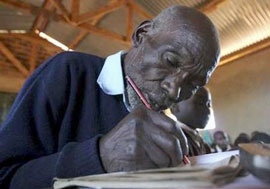
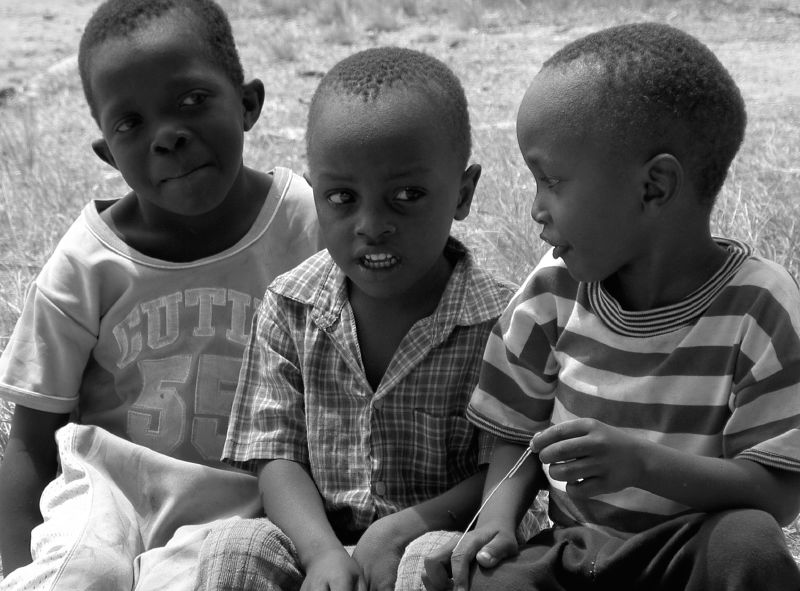
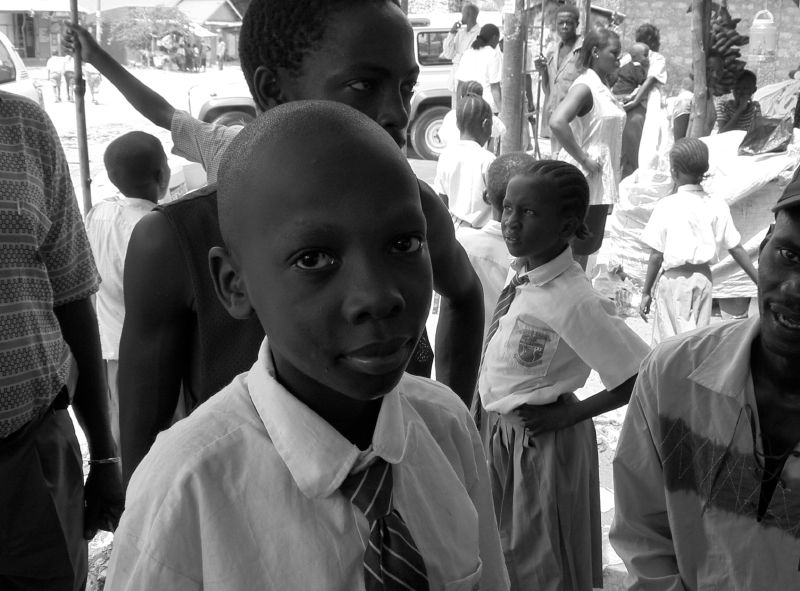
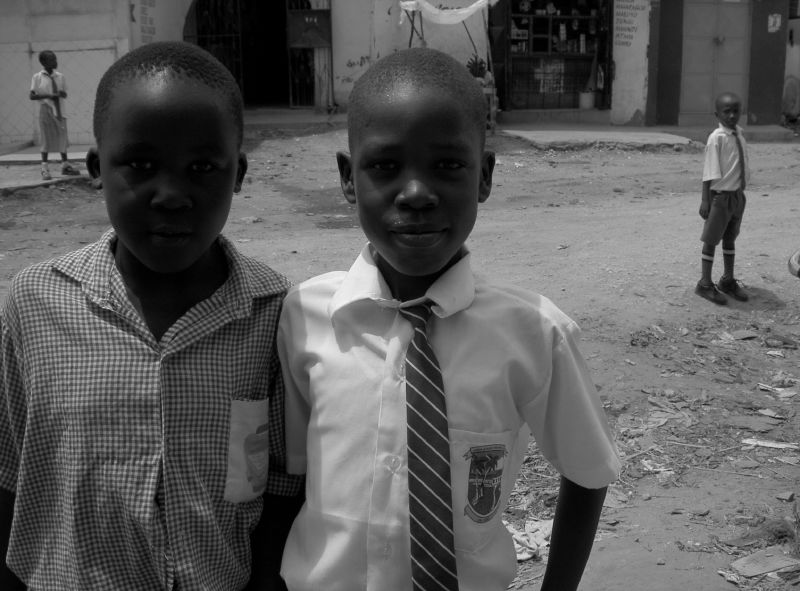
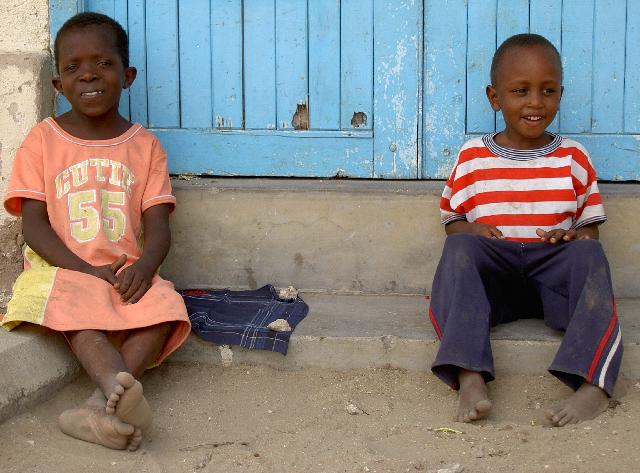
 Peter. Flemish, European, aid worker, expeditioner, sailor, traveller, husband, father, friend, nutcase. Not necessarily in that order.
Peter. Flemish, European, aid worker, expeditioner, sailor, traveller, husband, father, friend, nutcase. Not necessarily in that order.
The Road's Dashboard
Log in
New
Edit
Customize
Dashboard